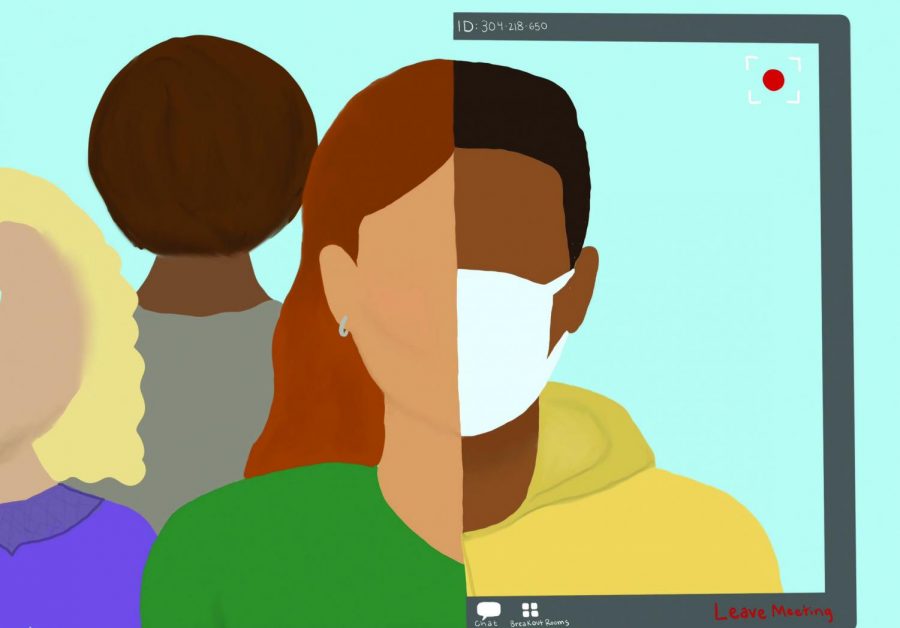T
he onset of COVID-19 has flipped everyoneís world upside down and required many people to make major adjustments in their daily lives. Many of these changes arenít short term and will continue to exist even after the pandemic is a distant memory.
The biggest of these changes will be the continued avoidance of human interaction in every sphere of life. In order to avoid the same thing happening again, many people will live with a new internal fear of getting sick and will be much more cautious about interactions.
This shift to a more virtual world will be much safer, but may come at a cost by depriving people of the connections that they need.
The shift begins with school and the workplace. Both schools and companies have developed resources to make it possible to successfully function from home.
For many non-essential workers, working remotely is an ideal situation and is more convenient for both workers and employers. On the other hand, this transition to home life will make it harder for students and workers to gain the social interactions and connections that they previously had.
This tendency to avoid interactions will also have a huge impact on the retail industry. The pandemic has revealed to many people the convenience of shopping online, and because people have realized its convenience, it is likely that fewer people will go into stores.
Going into stores for groceries or essentials is an interaction that can easily be avoided with the vast amount of availability online. This shift to online shopping can have a huge negative impact on small businesses and stores who rely on customers coming in, allowing for big businesses to prevail. Additionally, the use of telemedicine has increased drastically during the pandemic because it helps to avoid exposure. Because it is a much more efficient and convenient option, it is highly unlikely that the use of telemedicine will stop after this pandemic is over.
All spheres of life have developed new and creative ways to cut down on interactions between people, and these new technologies that came out of necessity will be used for convenience in the future. Although this may help with sanitation and convenience, people may find themselves lacking when it comes to the day to day social interactions that most adults and children need.







